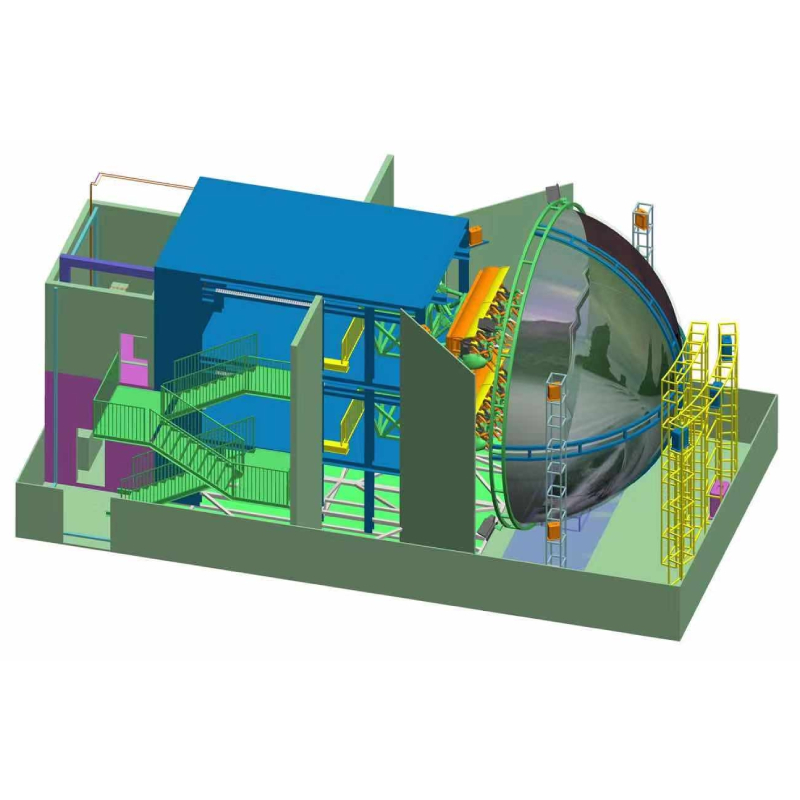- Albanian
- Arabic
- Belarusian
- Bengali
- Czech
- English
- French
- German
- Hebrew
- Hungarian
- Indonesian
- irish
- Italian
- Japanese
- kazakh
- Persian
- Russian
- Thai
- Uzbek
- Vietnamese
Captivating Swirls of Images in Dynamic Display
The Enchantment of Carousels A Timeless Attraction
Carousels, often adorned with vibrant colors and intricate designs, have long been a staple of amusement parks, fairs, and festive gatherings. These nostalgic rides, which transport riders in gentle circles atop beautifully crafted horses and other whimsical creatures, evoke feelings of childhood joy and innocence. Yet, beyond their aesthetic appeal, carousels carry a rich history and cultural significance that continues to captivate people of all ages.
The origins of carousels date back to the Middle Ages. Knights would participate in a game, tossing balls to each other while on horseback as a form of training for battle. This practice eventually evolved into a popular amusement ride. The modern carousel as we know it began to take shape in the 19th century during the industrial revolution. Artisans carved wooden horses and other figures, meticulously painting them with elaborate designs. This craftsmanship was not merely functional; it was an art form that celebrated the beauty of imagination.
As carousels spread through Europe, they gained immense popularity
. They became featured attractions in amusement parks, where people from all walks of life would gather to enjoy the whimsy of these spinning rides. The romantic allure of carousels also permeated literature and film, symbolizing the comforting continuity of joy amid life's changes. The roundabout motion, coupled with cheerful music, creates a sense of nostalgia, often drawing people back to the simpler times of their childhood.carousels

In the United States, carousels became a defining feature of Coney Island and other seaside amusement parks. The late 19th and early 20th centuries saw a proliferation of carousels, many of which were built by skilled craftsmen who traveled the country, bringing their art to life. These rides featured not only horses but also a variety of other animals, from lions to giraffes, allowing for creative displays of color and imagination. Each carousel had its unique theme, which reflected the local culture and artistry, turning them into treasured community landmarks.
Today, carousels remain popular attractions, and their significance extends beyond mere entertainment. They represent a connection to history, tradition, and community. Many towns have refurbished antique carousels, recognizing their cultural heritage and the joy they bring to both residents and visitors. Modern carousels often incorporate diverse themes, featuring figures that celebrate local folklore or historical events, enhancing their cultural relevance.
Moreover, carousels serve as a poignant reminder of the passage of time. As they turn round and round, they symbolize the cycles of life—joys and sorrows, beginnings and endings. The simple act of riding a carousel can invoke nostalgia for a time when life was less complicated, prompting reflections on the beauty of those fleeting moments. This aspect is particularly poignant in our fast-paced modern world, where the problems of daily life can often overshadow simple pleasures.
In conclusion, carousels are more than just rides; they are nostalgic vessels connecting generations. They embody the spirit of joy and creativity that remains essential to our human experience. Whether it’s the children laughing as they circle around or adults reminiscing about their youth, carousels continue to inspire a sense of wonder and enchantment. As we cherish these delightful attractions, we not only celebrate the artistry and craftsmanship behind them but also the enduring spirit of joy they represent. Let’s embrace the whimsical charm of carousels and keep their magic alive for future generations to enjoy.
-
Flume Ride-Hebei Zhipao Amusement Equipment Manufacturing Co., Ltd.|Thrilling Water Attraction&Customizable DesignJul.30,2025
-
Flume Ride - Hebei Zhipao Amusement Equipment | Water Coaster, Thrilling DescentJul.30,2025
-
Flume Ride - Hebei Zhipao | Thrilling Water AttractionJul.30,2025
-
Flume Ride: Thrilling Water Attraction by Hebei Zhipao|Log Flume Manufacturers&Flume Ride DesignJul.30,2025
-
Flume Ride-Hebei Zhipao Amusement Equipment Manufacturing Co., Ltd.|Thrilling Water Coaster, Safe DesignJul.30,2025
-
Flume Ride-Hebei Zhipao Amusement Equipment Manufacturing Co., Ltd.|Thrilling Water Attraction, Safe DesignJul.30,2025
